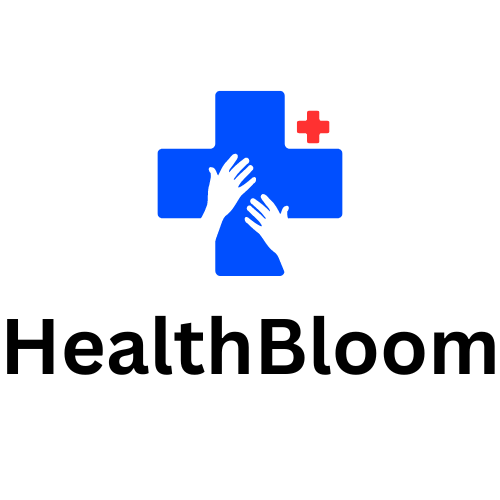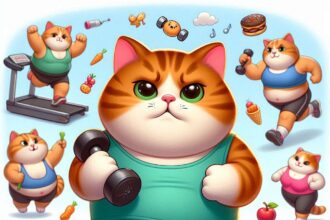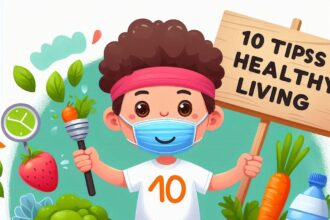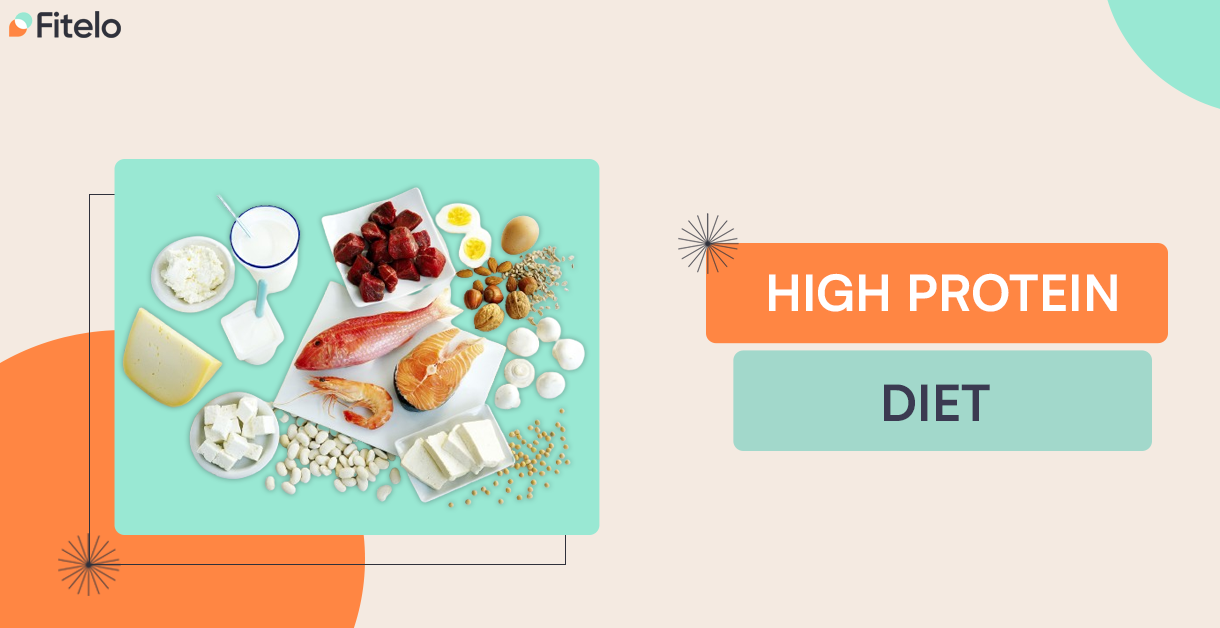💪 Why Protein Matters: Your Body’s Building Block
Proteins are the foundation of everything in your body, from muscles to hair. They fuel your strength, aid in recovery, and even support your organs. Without enough protein, your body can’t function optimally. But how do you maximize the benefits of protein?
Let’s dive into the step-by-step guide on how a high-protein diet can help you transform your body and health!
Step 1: Understanding Protein and Its Importance
🍽️ What is Protein Made Of?
Proteins are made up of amino acids, which are like tiny building blocks. Some of these amino acids (called essential amino acids) cannot be made by your body diet—you have to get them from food!
🧬 How Protein Helps Your Body:
Here’s how protein works its magic:
- 🏋️♂️ Muscle Building: Protein repairs and grows muscle fibers.
- ⚡ Boosting Metabolism: Digestion of protein uses more energy compared to fats or carbs, increasing calorie burn.
- 🩹 Tissue Repair: Helps in recovery from injuries and post-workout soreness.
- 🍽️ Satiety: Keeps you fuller for longer, reducing the urge to snack.
Step 2: Choose the Right Protein Sources
🍗 Animal-Based vs. 🌱 Plant-Based Proteins
Column 1: Animal-Based Proteins 🐟
These proteins are complete, meaning they provide all essential amino acids. If you want a quick muscle recovery or faster fat burn, animal-based proteins are highly effective.
- Chicken 🍗: Lean, low-fat, and high in protein.
- Fish 🐠: Rich in Omega-3 and protein.
- Eggs 🥚: One of the best complete protein sources.
Column 2: Plant-Based Proteins 🫘
Plant-based proteins are rich in fiber and other nutrients but sometimes need to be paired to create a full amino acid profile.
- Quinoa 🌾: A complete plant protein with all essential amino acids.
- Lentils 🍲: High in protein and fiber.
- Beans 🫘: Great for building muscle on a plant-based diet.
Step 3: How to Structure a Protein-Packed Day
🍳 Breakfast: Kickstart Your Day with Protein
Start your day with a breakfast loaded with protein to keep you full and energized:
- Scrambled Eggs or Tofu 🥚 with spinach and tomatoes.
- Greek Yogurt 🍶 topped with chia seeds and berries for extra protein and fiber.
Tip: Eating protein at breakfast helps curb hunger for the entire day.
🍛 Lunch: Fuel Up with Balanced Proteins
For lunch, opt for a protein-rich meal that sustains your energy through the afternoon.
- Grilled Chicken Salad 🥗 with quinoa and avocados.
- Lentil Soup 🍲 with whole-grain bread for a fiber and protein boost.
🍽️ Dinner: Repair and Recover with Protein
At the end of the day, your muscles need repair and recovery. Make sure your dinner is rich in high-quality protein:
- Grilled Salmon 🐟 or tofu with broccoli and sweet potatoes.
- Bean Chili 🍛 with whole-grain rice for plant-based eaters.
Step 4: Make Sure to Include Protein Snacks
Snacks to Keep You Going Throughout the Day
When hunger hits between meals, high-protein snacks will keep you full and help avoid junk food cravings.
- Protein Bars 🍫: Look for ones made from natural ingredients.
- Mixed Nuts 🥜: Almonds, walnuts, and peanuts are great on-the-go snacks.
- Hard-Boiled Eggs 🥚: A quick and easy snack filled with protein.
Step 5: Hydrate Properly—Protein Needs Water!
💧 Why You Need to Stay Hydrated
When you eat more protein, your body also needs more water. Why? Because proteins break down into amino acids that need water for proper absorption and function in your muscles.
- Drink at least 8 glasses 🥤 of water every day to support your protein intake.
- Hydrate especially after workouts to aid muscle recovery.
Step 6: Track Your Protein Intake
📊 Monitor Your Progress
Tracking your protein intake ensures you’re getting the right amount based on your goals:
- Muscle Gain 🏋️♀️: Aim for 1.6–2.2 grams of protein per kilogram of body weight.
- Fat Loss 💪: Aim for 1.2–1.6 grams per kilogram to support muscle retention while cutting fat.
💡 Bonus Tips for Success
- Eat Protein with Every Meal 🥩: Distribute protein intake throughout the day, not just in one meal.
- Diversify Your Protein Sources 🍱: Don’t rely on only one type of protein. Mix plant and animal-based proteins.
- Combine Protein with Fiber 🌾: Add fiber-rich foods like vegetables to keep your digestive system healthy.
🤔 FAQs about High-Protein Diets
Q: Can you eat too much protein?
A: Yes, consuming too much protein without proper hydration or balance can stress the kidneys. Moderation is key.
Q: Do protein shakes work?
A: Yes, protein shakes can be a convenient way to meet your protein goals, especially post-workout. Just make sure to choose high-quality sources.
Q: Can vegetarians get enough protein?
A: Absolutely! By combining different plant sources (like beans and rice), vegetarians can achieve a complete amino acid profile.
In Conclusion
A high-protein diet is a game-changer for building muscle, boosting metabolism, and supporting overall health. Follow these steps, diversify your protein intake, and track your progress to see the transformative effects on your body.






